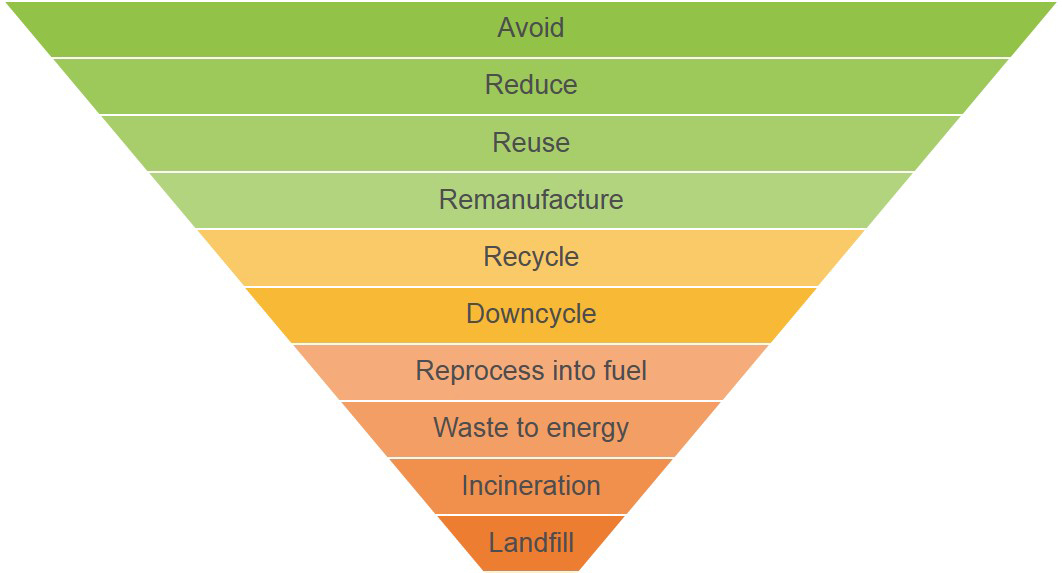Understanding Recycling

 1800 773 331
1800 773 331
Brisbane
28 Limestone Street
Darra, QLD 4076
Australia
Phone: +61 7 3712 9999
Email: enquiry.bne@mcclabel.com
Sydney
3 Dolerite Way
Pemulwuy, NSW 2145
Australia
Phone: +61 2 8123 1400
Email: enquiry.bne@mcclabel.com
Melbourne Sales Office
Mak: +61 413 126 168
Phone: +61 7 3712 9999
Email: enquiry.bne@mcclabel.com
 0800 152 162
0800 152 162
Christchurch
48 Waterloo Road
Sockburn, Christchurch 8042
New Zealand
Phone: +64 3 349 5299
Email: mcc.christchurch@mcclabel.com
After collection, recyclables are sent to centralised facilities to be sorted, cleaned and processed into new materials. There are two basic sorting methods: mechanical-biological treatment plants, which sort mixed waste into low-grade recycling, and material recovery facilities, which focus on extracting reusable materials.
This article by The Conversation goes into excellent detail about how recycling is actually sorted and the complex challenges facing the Australian recycling industry.
A circular economy is based on the principles of eliminating waste, the continual re-use of products and materials, and regenerating natural resources. The goal is to avoid, reduce, reuse or remanufacture waste in a closed loop system that sends the materials back into the same applications e.g. food-grade materials into food-grade packaging.
The below Waste Pyramid diagram shows the order of preference for managing waste, in order to extract the maximum benefits from the material whilst generating the minimum amount of waste.

| Packaging type | Pro's | Con's | Comment |
| Paper and cardboard | Easily separated and 100% recyclable | NIL | Most paper mills are actively sourcing paper to recycle |
| Glass | Easily separated and 100% recyclable or reusable | Heavy weight and energy intensive production process | Glass industry recycles bulk of glass into new glass products |
| Metal cans | Aluminium is easily separated and 100% recyclable | Energy intensive production process | Many aluminium recyclers accepting and recycling waste |
| PET | Easily separated and recycled into food grade containers | Some decorations can limit its recyclability e.g. shrink sleeves, direct print, self-adhesive labels | Many rPET closed loop food grade recyclers available |
| HDPE | Can be recycled into food grade products | Some decorations can limit its recyclability e.g. shrink sleeves, direct print, self-adhesive labels | Closed loop food grade HDPE recyclers are emerging |
| PP | Can be recycled into non food products | Few recyclers available due to commercial viability and lack of demand for rPP | Limited to industrial recycling process |
| Flexible plastics | Lightweight/thin | Hard to separate and multi-layer substrates impact recyclability | Few recycling options available today |
Our MCC Liner Recycling Program recycles white glassine liner which has long fibres that are sought after for high quality papers. These fibres are upcycled into tissue paper or into high quality magazine paper which can then be recycled multiple times. The liner is currently recycled in Europe due to the significant volumes that can be centralised there. This is a better alternative than local landfill, because the liner is actually up-cycled and can then be recycled up to seven more times. The transportation carbon emissions to Europe are a relatively low 1.6% of the emissions for the liner's whole life cycle.
Return to our Environment and Sustainability section
Sometimes you just need to see something in person. We would love to show off our market-leading range of sustainable label options and have prepared a sample pack to share with our clients and prospective clients.























